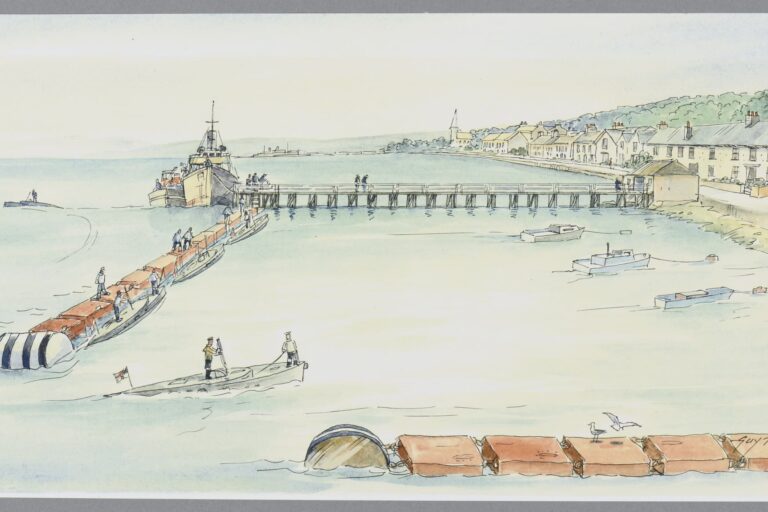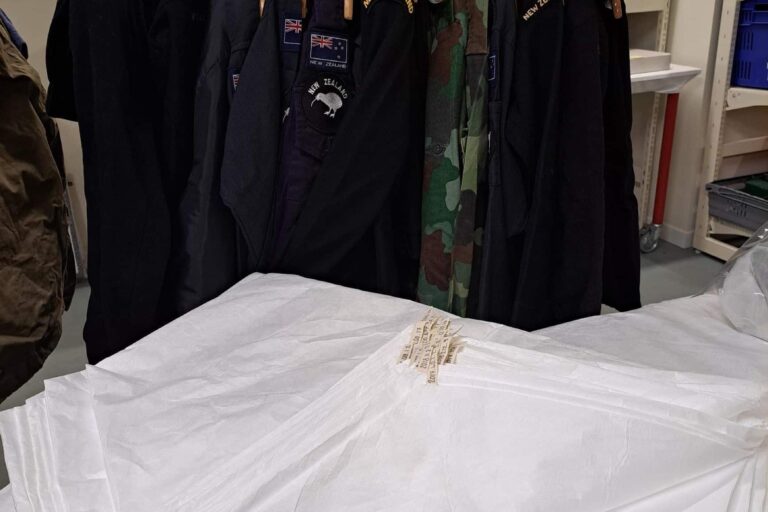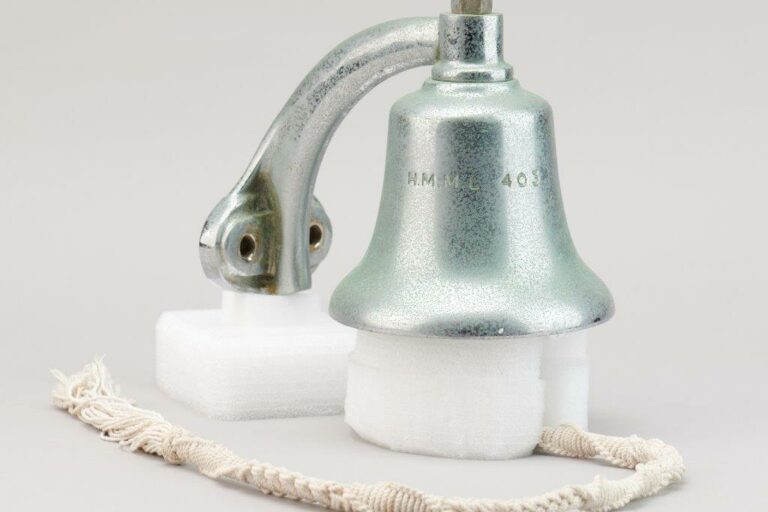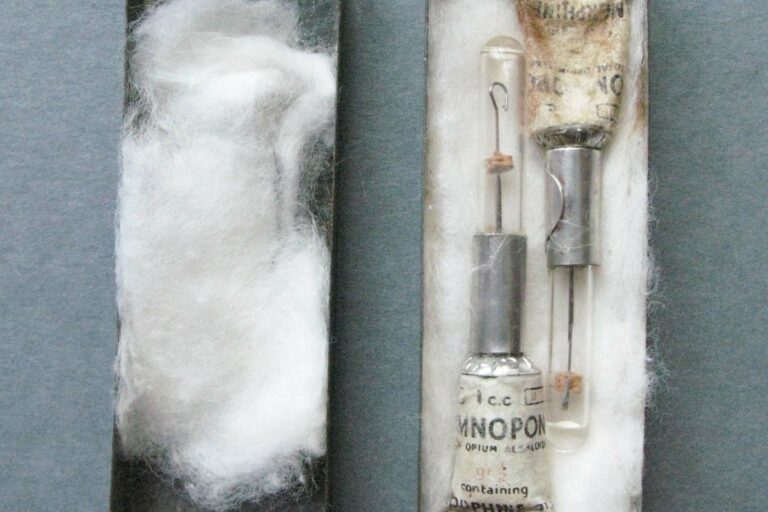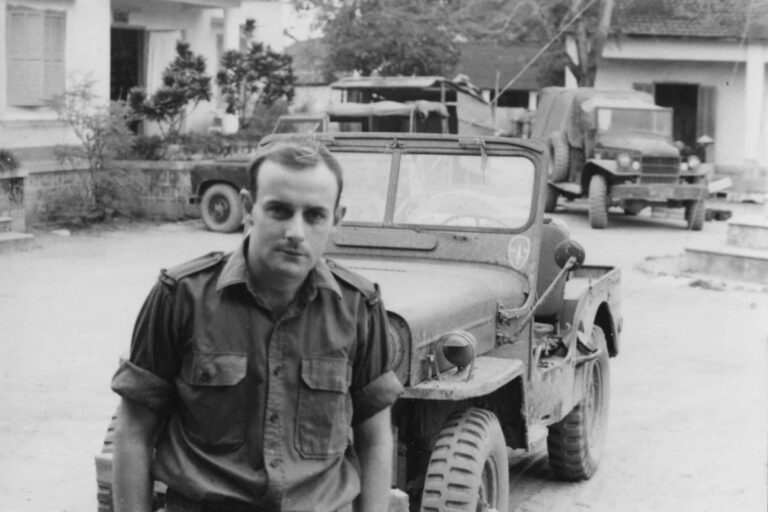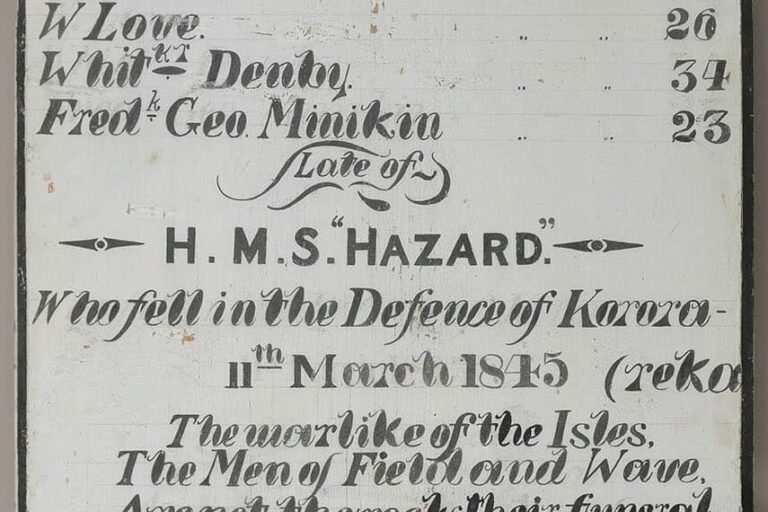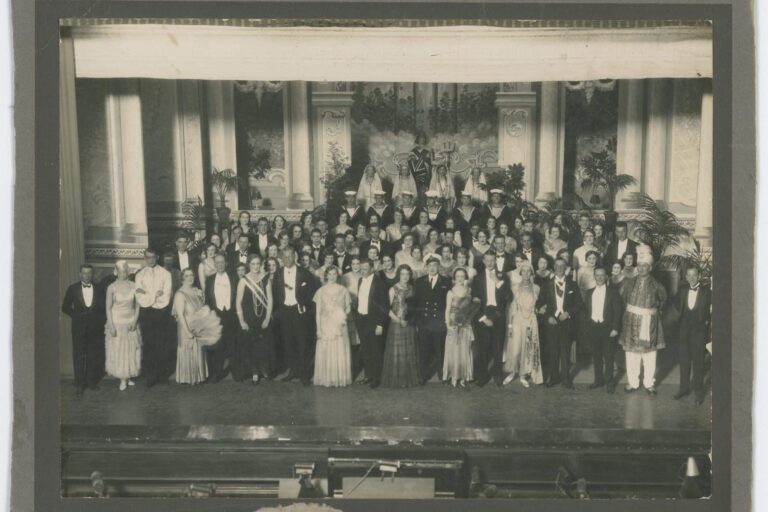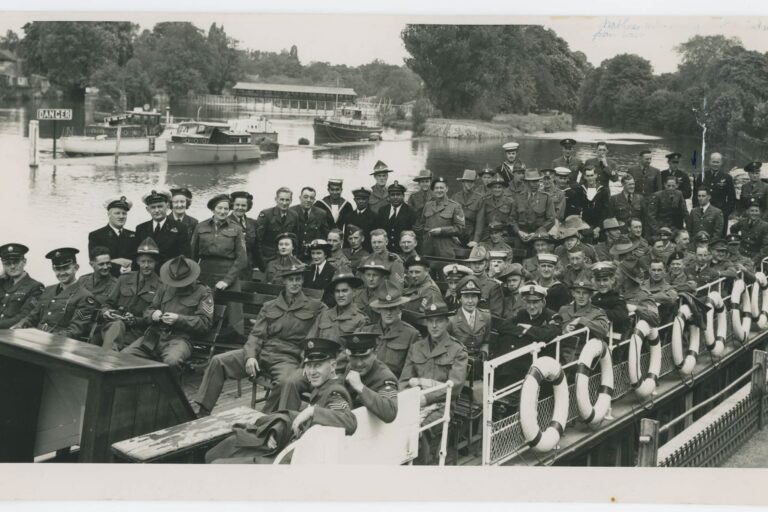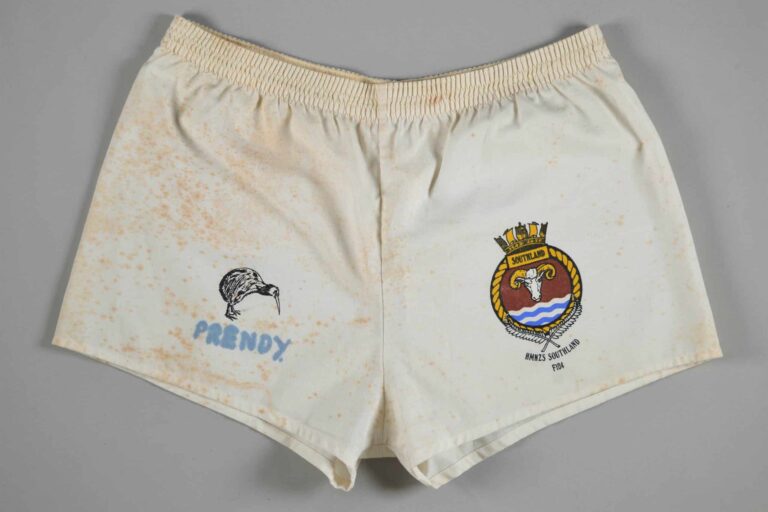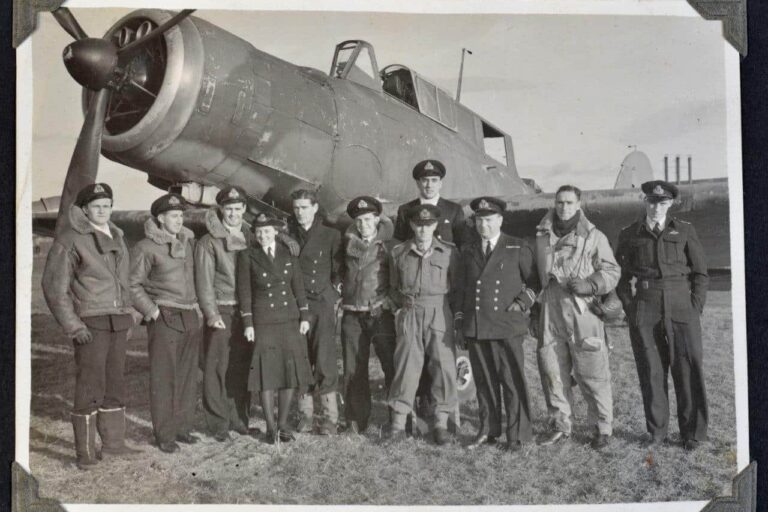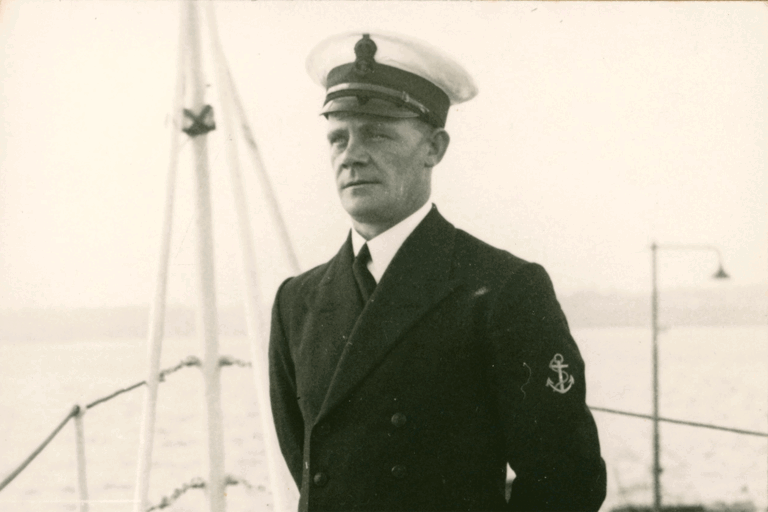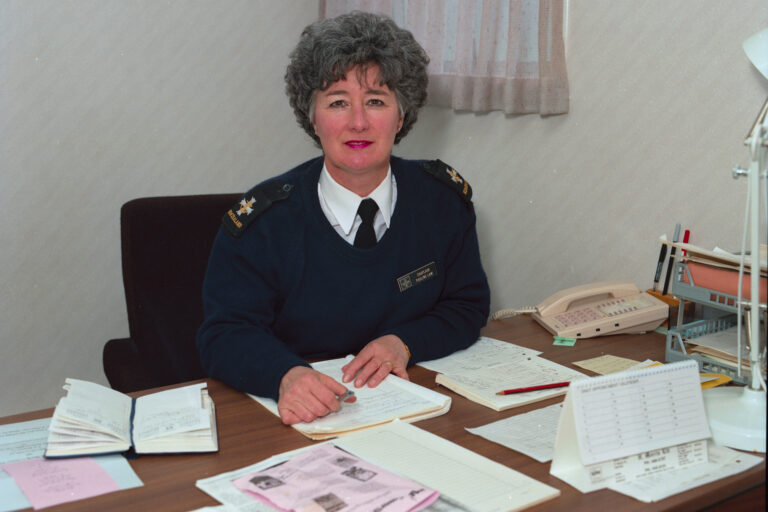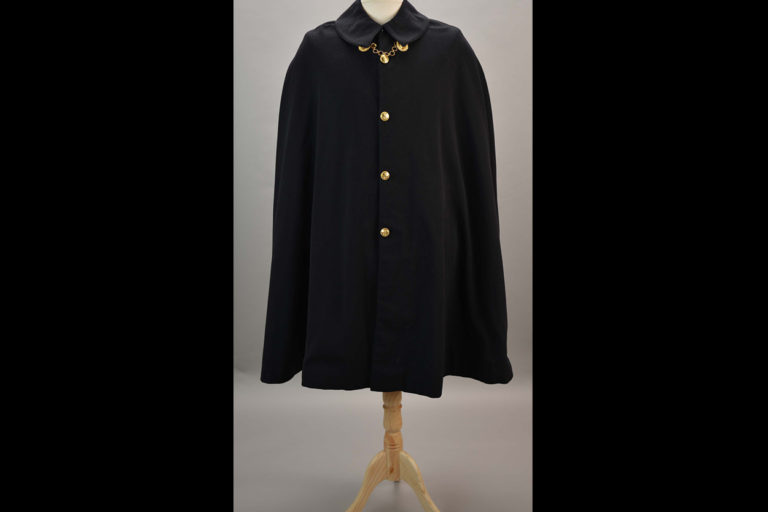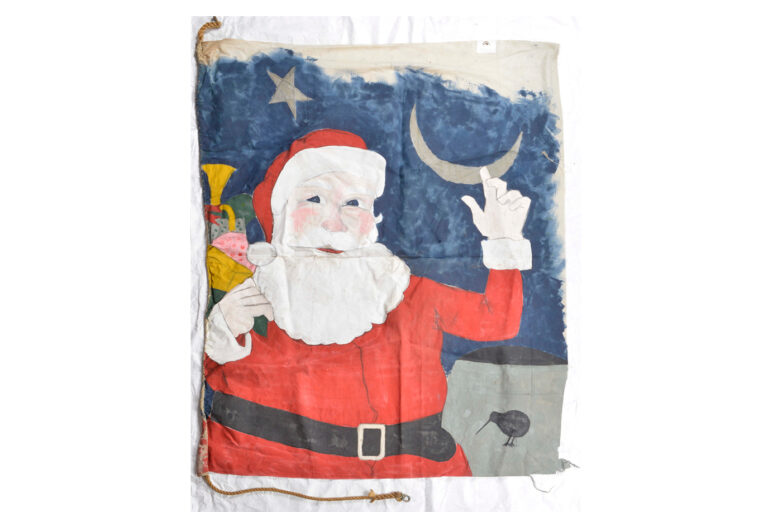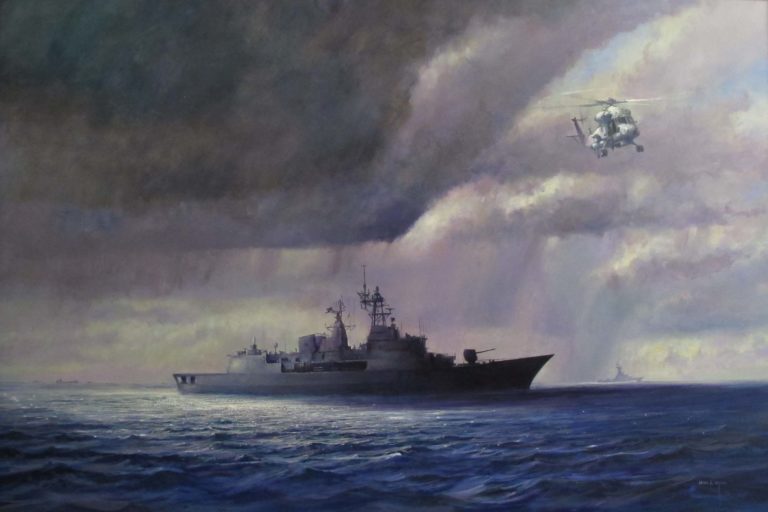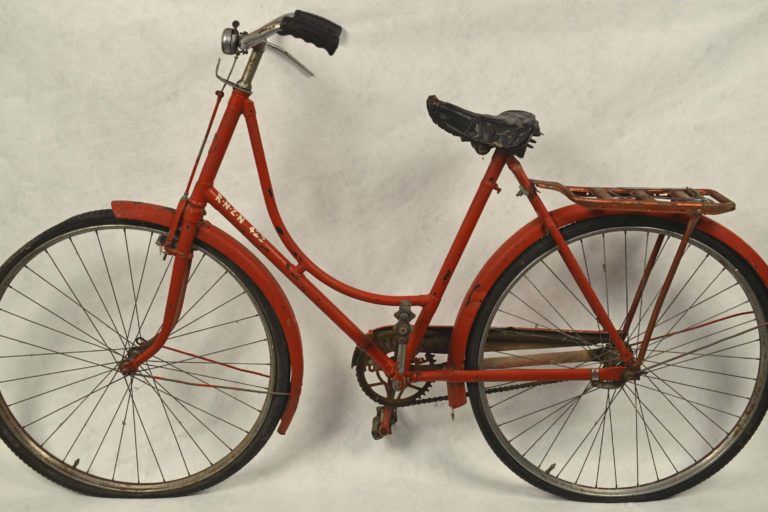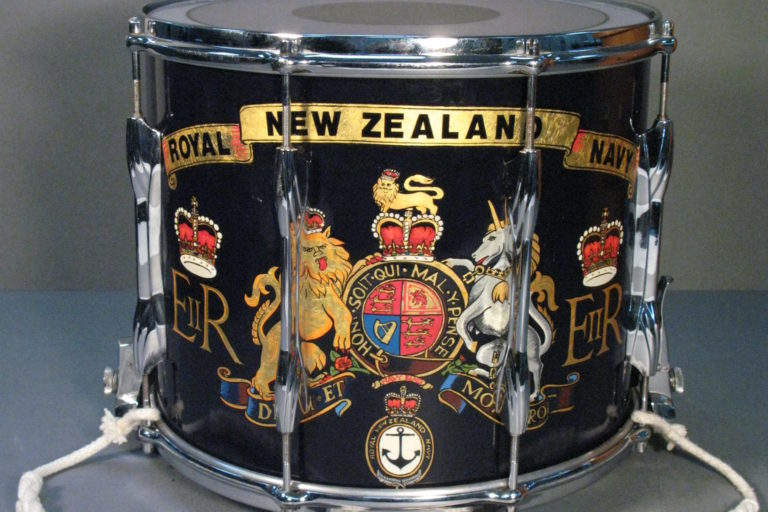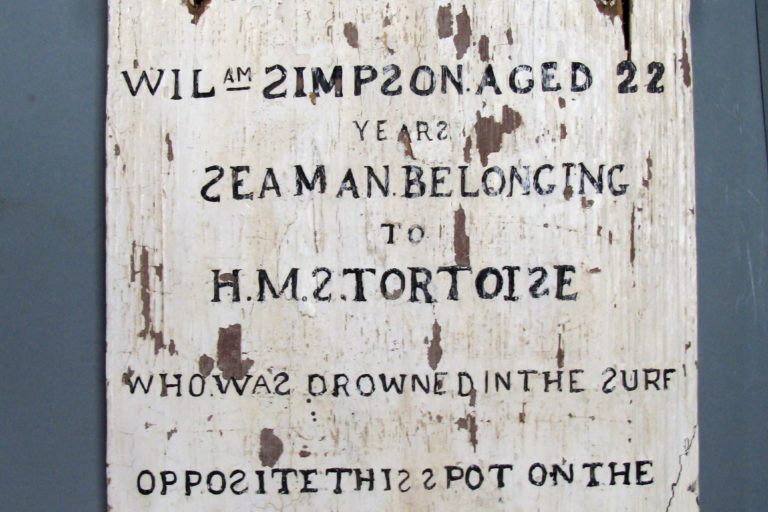One of the only constants in the history of naval uniforms is how many times they are changed. It is possible to identify the major changes that have come down to the present. It is important to remember that the RNZN has, with some minor changes, followed the Royal Navy. It took the great changes in the mid-19th century for the real difference between officers and ratings to be formalised. From the mid-18th century naval officers had a regulation uniform but ratings wore whatever they purchase, borrow or steal. It is no coincidence that with the establishment of rates such as CPO, PO, WO and Leading Seaman those proper uniforms for both senior and junior rates became formalised. With the revolution in naval affairs that transformed the Royal Navy from sail to steam, wood to iron the raise of branches also stimulated the difference in uniforms for officers and ratings as well as officers and ratings by individual branches. By the end of the 19th century uniforms as we know them now became standardised. During the 20th century there were small changes caused by economics and war.
In the 21st century there is a shift back to a single uniform for both officers and ratings as a working rig whilst keeping the formal uniforms as distinguishing between the leaders and those led. There is no better expression of this change than the current CN and DCN of the RNZN in GWDs with ball caps. Their predecessors from earlier periods would be shocked at what could be called a “casualization of uniform”. There are however sound operational and financial reasons for having a standard working rig for both officers and ratings.
18th Century
- Up until the mid 18th century officers had a free choice in what they wore while serving. That changed in 1748 when the Admiralty issued an order [decree] that officers adopt a uniform. This was deemed necessary to ‘Distinguish the Rank of Sea Officers’ and to given them ‘better credit and figure in executing the commands of their Superior Officers…’
- By 1787 the uniform for officers consisted of a blue frock coat with variances in the buttons, cuffs and facings for the different ranks. This pattern continued into the Napoleonic Wars. In 1795 regulations were issued for epaulettes that denoted rank. For example a Captain would have plain gold epaulettes.[1] However the orders were not specific enough and officers had plenty of leeway in how their uniform was cut and measured. This meant a great variance amongst the officers of the Royal Navy during this period which was the cause of some consternation to the Admiralty.[2]
- In 1795 officer rank insignia was introduced
- Junior ratings wore low crowned cocked hats between 1720 and 1820
19th Century
- In 1825 the Admiralty finally issued illustrated regulations for officers. These regulations were in some detail with regard to denoting rank, swords, hats, and footwear.
- In the 19th century the Junior Rates cap developed into a waterproof tarpaulin hat similar to a boater but covered in tar from 1820-1857 [a possible origin of the name Jack Tar], Names of ships or ship’s badges were painted on. In 1860 a new sailor’s round cap was introduced which is still in use today. Cap tallies were introduced with the ship’s name in gilt letters. In tropical climates from 1860 a wide-brimmed straw had known as a Sennet became popular and remained in use until 1921 when they were withdrawn from issue.
- The period of the Victorian Navy saw further refinement of officers’ uniforms. There were further modifications to the denoting of ranks and uniform coat. Around 1846 the wearing of a crown badge was ordered for officers. This practice seems to have begun amongst the officers of the warship HMS Queen.
- The period of the Victorian Navy saw further refinement of officers’ uniforms. There were further modifications to the denoting of ranks and uniform coat.
- The officers peaked cap came into use about 1840 to supplement the Cocked Hat, the peaks of senior officer becoming embroidered in gold as part of their rank insignia in 1856. It was changed to an oak leaf design in 1860. When the cap first came into use it had no badge, only a band of gold lace. but during the 1840’s some officers from the warship HMS Queen wore a crown on their caps and these were noticed by and favourably remarked upon by HM Queen Victoria during a visit to the ship. As a result the Admiralty issued an order for crown to be worn as a cap badge for all officers.[3]
- However, ratings were still without a standard uniform. How ship’s companies would be dressed came down to the commanding officer’s personal choice. for example, the CO of HMS Caledonia ordered that ratings wear a Scots bonnet.[4]
- It took until the mid-19th century for a proper uniform to be issued to ratings.[5] When the ratings uniform was standardised in 1857, the number of buttons were specified to be six versus eight buttons grouped in fours for officers as another mark of distinction.
- In 1856 minor changes were made to the uniform to tidy up the denoting of rank. It was at this time that the width of the braid on the cuffs were standardised and the loop [aka executive curl] in the rank braid was introduced. This only applied to seamen officers and other branches were not allowed to have the loop or curl as it was termed. Gold braid was also to be applied to the peak of senior officer’s caps.
With the changes to uniform regulations in 1856 a new badge was introduced not unlike the badge used by the RNZN today except the anchor was surrounded by an oval and the overall size was smaller. Today, the cap badge worn by officers is woven gold wire and consists of a fouled anchor surmounted by a crown and the lower part by oak leaves. Today’s officers cap is white plastic covered and has a black patent leather peak which in the case of senior officers has a embroidered oak leaf design all round for Flag Officers [Commodore and above] and the front edge only for Captains and Commanders.
- In 1863 Coloured velvet between stripes introduced for officer rank insignia. Different colours were used for the branches.
- CPOs & POs as senior rates were allowed to wear similar peaked cap to that worn by officers. The cap badge was given to CPO’s in 1879 when they changed uniform from the ‘Square rig’ [as worn by junior ratings] to a ‘Fore and Aft rig’ [as worn by officers] and consisted of a fouled anchor with an oval surmounted by a crown.
- In 1885 the RN issued a tropical uniform for officers to wear in acknowledgement that while at sea, the standard uniform was ill-suited to warmer climates.
Ratings from HMS Torch c1895
- This was followed by the 1891 Third Edition of RN Dress Regulations which specified eight ‘dresses’ for officers
No. 1 Full dress
No. 2 Ball dress
No. 3 Frock coat with epaulettes
No. 4 Frock coat
No. 5 Undress coat
No. 6 Mess dress
No. 7 Mess undress
No. 8 White undress
- Buttons were standardised at eight but epaulettes were still kept except for greatcoats and white tunics were rank slides were introduced
- The Boer War is significant in that the British Army changed to wearing khaki uniforms. The Royal Navy followed suit for officers that were serving ashore and used the army uniform with naval ranks. This was continued during the First World War.
- Pilots wings first introduced as an insignia to the RN in 1913
First World War
- Gilt ‘wings’; were issued to naval officer pilots serving with the RNAS
- It was not until January 1916 that the RN ordered that dress Nos. 1, 2, 3 and 6 be abolished for duration of the war.
- a blue coat was issued to officers when watchkeeping
- In October 1918 the ‘curl’ was ordered for all officers rank braid on their uniforms as the difference between the executive and civilian office branches was abolished.
- The impact of the war was to simplify uniforms for officers
- open necked shirt were authorised for officers in tropical uniform
- Solar Helmets [Pith helmets], were introduced in 1921 and remained in use for some time and are still used in the RN for ceremonial purposes by the RM.
- In 1920 PO’s went to the ‘fore and Aft rig’ on attaining four year seniority and they were issued with the same cap badge as CPOs. A new badge was introduced for CPOS with a smaller fouled anchor surrounded by a laurel wreath. In 1970 a slightly larger form of this badge was introduced for the new rank of Warrant Officer. Khaki cap covers were worn with khaki uniform during the First and Second World Wars. If berets are worn metal badges are used.
- Officers of the rank of commander and above were expected from 1930 to provide their own full dress.
- With the depression and reductions in Royal Navy’s budgets, uniforms were simplified and a number of rigs for officers were eliminated to save costs.
Second World War
- khaki battledress was approved for officers serving with beach parties
- In 1941, as an economy measure, rank braid on the cuffs only when halfway round the cuff
- Most officers were allowed to purchase coats and other clothing items for use while on active service. A number of firms supplied to the officer corps of the RN
- As in any war, while on active operations the uniform regulations were not too closely followed and men wore a mixture of uniforms dependent on where they were serving and the Commanding Officer’s rules regarding uniforms [see above]
- The RNZN at this time followed the standard RN patterns.
- New Zealanders in the Solomons wore khaki uniforms of shorts and shorts for both officers and ratings.
- WRNZNS Officer’s hats changed from the black rimmed style in 1942 to a black tricorne type around 1945 which is still in use by the RNZN. The badges were the same officer style but embroidered in blue thread. Later a white cover was introduced and today female officer hats are white plastic with black felt rims. their badges are gold and Commanders wear a thin gold band.
- WRNZNS senior rates wore the tricorne hat with the appropriate badge.
Post-1945
- Prior to 1951 the Royal Naval Volunteer Reserve (RNVR) and Royal Naval Reserve (RNR) Officers rank insignia was of a wavy type rather than the straight stripes that identified regular officers of the Royal Navy.
- With the major changes that the Royal Navy underwent in the period 1946-1957 this unique uniform distinction would not last.
- In 1950 the uniform regulations were reviewed and in 1951 the Admiralty ordered that all officers of the RNVR and RNR would have straight stripes on their uniform.
- To denote their status as a volunteer or reserve officer there would be the letter ‘R’ in the curl of the insignia. Upon mobilisation this would be removed from the rank insignia for the officer being mobilised from the RNR or RNVR.
New Zealand ratings at Hong Kong c1950
- In 1957, the RNR and RNVR were merged into one organisation – the Royal Naval Reserve.
- The coloured velvet issued to distinguish between branches was abolished in 1955 except for medical, dental and Wardmaster
- In the 1950s the duffel coat was replaced by lined coats and oilskins were replaced by PVC fabric
- Early 1960’s revised rigs introduced in keeping with modern conditions of service in the RNZN and RN
1970- Present
- Minor changes to the uniform have been made as more modern materials became available and technological changes to naval aviation.
- the working rig is now either two-piece top and pants or a one-piece overalls
- our working rig is the same as the RAN except we’ve gone for blue rather than a camouflage
- issuing of baseball caps
- A new sun hat was introduced to the RNZN in 1991. Female junior ratings in the WRNZNS wore wide brimmed black felt hats from 1942 until 1945 when a flat black hat was introduced. Subsequently a white cover was added and the current issue was white plastic covered. Nowadays women wear the same caps as men if junior rates.
- The latest headwear has been the introduction of the beret and the ball cap. The ball cap is for use by both officers and ratings.
- 1978 jerseys eliminated from the official rig in the RNZN but full blue rig retained for ceremonial and duty occasions
- One of the most significant changes has been the issuing of a uniform for pregnant officers or ratings reflecting the importance of women to the modern navy
- Women officers presently wear a different cap to male officers and may wear a skirt to formal events rather than trousers.
- The RNZN has its own Book of Reference for uniform instructions NZBR 3
- Using the RNZN303 for summer uniforms
- Ceremonial 1W, 2W, 3W
- Working 4W, 4HB, 5W
- Evening 6W,7W,8
- The big change for the RNZN was the introduction of the GWD to be worn by both officers and ratings. However the RNZN still maintains different uniforms for officers, senior rates and junior rates in formal uniforms. This policy of a standard working rig for both officers and ratings has become standard practice in a number of navies.
- In 2015 the issuing of white shorts was ended as part of the summer uniform. This brought to an end over 80 years of shorts issued to officers and ratings in the NZ Division of the Royal navy and the RNZN.
Sources
Illustrated Guide to Summer Uniforms of the RNZN (RNZN 303)
Robert Wilkinson-Latham, The Royal Navy 1790-1970, London: Osprey Publishing, 1977.
[1] Robert Wilkinson-Latham, The Royal Navy 1790-1970, London: Osprey Publishing, 1977, pp. 4-5.
[2] Robert Wilkinson-Latham, The Royal Navy 1790-1970, London: Osprey Publishing, 1977, p. 5.
[3] Robert Wilkinson-Latham, The Royal Navy 1790-1970, London: Osprey Publishing, 1977, p. 13.
[4] Robert Wilkinson-Latham, The Royal Navy 1790-1970, London: Osprey Publishing, 1977, p. 14.
[5] Robert Wilkinson-Latham, The Royal Navy 1790-1970, London: Osprey Publishing, 1977, p. 4. .


